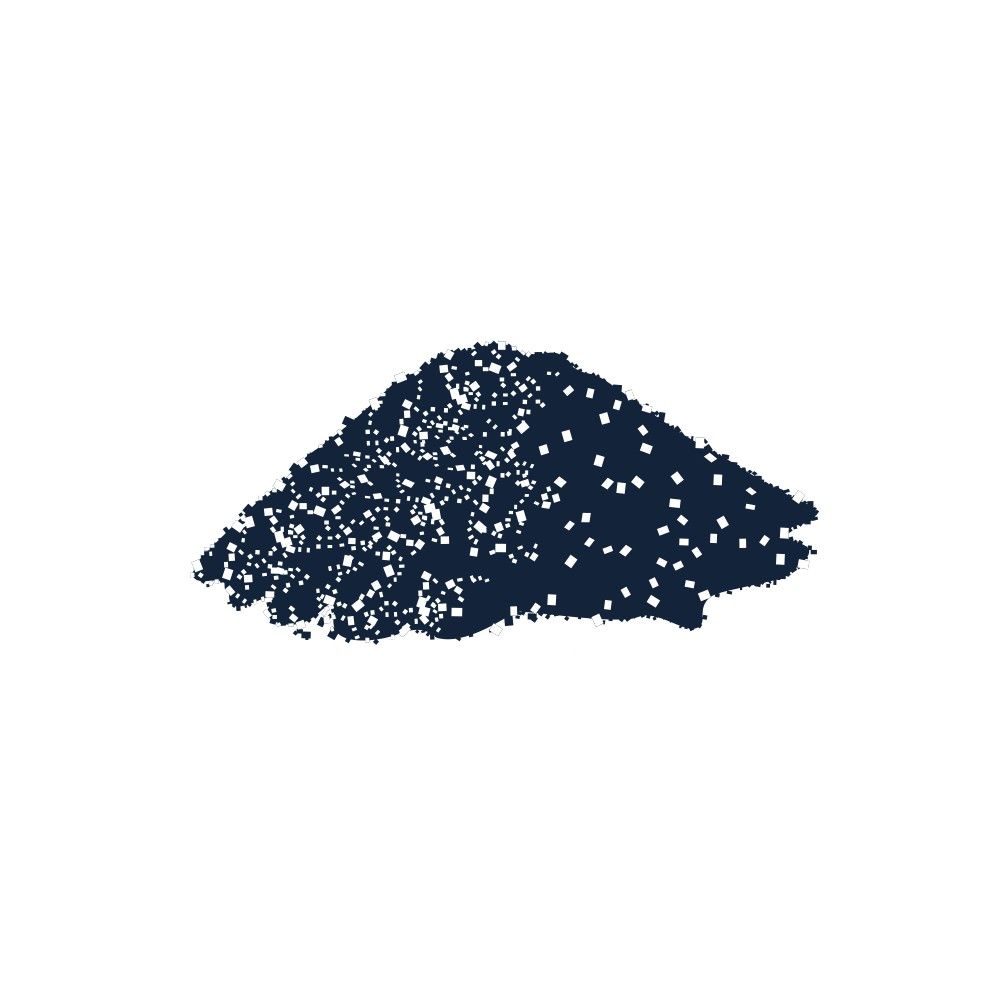Friday, March 22, 2019
PRIMARY SCHOOL CHILDREN LEFT DAZZLED BY THE UNIQUE PROPERTIES OF SYNTHETIC DIAMOND
It’s not every day that you get to go to school and play with diamonds, is it? Well, as part of the Element Six outreach programme, school children in England are able to do just that, as members of our team partake in educational school visits to spread the word about all the brilliant ways synthetic diamond can be used.
The sessions are designed to not only introduce younger generations to the concept that diamonds can be grown in a laboratory, but to enable them to experience first-hand some of the impressive properties synthetic diamond possesses.
Element Six takes a hands-on, interactive approach to learning that helps to fuel the fascination around science and technology. Igniting and feeding a passion for science is something Dr. Rachael Ambury, Senior Research Scientist and Innovation Project Lead at Element Six, is in full support of:
“I’ve always been interested in science, even throughout school. My brother and I would always ask questions such as ‘Does it make pretty colours?’ or ‘Will it go bang?’- and when that kind of curiosity is encouraged, it feeds over into the rest of your life.”
As outlined in this article from the Huffington Post, “it is important that we find new and interactive ways to engage students” in STEM subjects, and that’s what we hope to achieve at these outreach events. If the children go away from the sessions excited about just one new fact, then it’s a job well done for the team.
One of our recent visits took our outreach team to Rowan Preparatory School in Esher, UK, to host four separate sessions for children aged between seven and eleven years old. Each session is structured to give the groups an introduction to the basic scientific make-up of diamond, as well as familiarising them with how diamond forms.
Dr. Richard Bodkin, Principal Research Scientist at Element Six, began the sessions by delivering an energetic and insightful presentation that delved into everything from the creation of the earth, to where atoms come from and, of course, the processes behind natural diamond formation and diamond synthesis. It was clear to see the excitement bubbling up in the children as they discovered fun facts like “everything around them is made of atoms” and “humans can make diamonds”.
It’s great to hear what the children have to say as they answer questions and share their knowledge with the group, and from our perspective, the more creative the idea, the better!

After the presentation, the children were given the opportunity to experience some of the unique properties of synthetic diamond for themselves. There were two interactive stations set up to demonstrate the thermal conductivity and hardness of synthetic diamond. These outstanding properties make synthetic diamond the ideal material for a wide range of industries, from thermal management solutions to optimising performance in oil and gas cutting and drilling applications.
The thermal conductivity test involved the children simultaneously placing one synthetic diamond disc and either a copper or aluminium disc onto a block of ice, to test which one got cold the quickest. The results were unanimous – the synthetic diamond disc cooled down significantly faster than the comparative metals.
The hardness test saw the children take turns picking up ‘pens’ made of either polycrystalline diamond (PCD), tungsten carbide or steel, and using them to scratch a granite tile. Synthetic diamond once again outshined its competition as the PCD pen inflicted the greatest damage on the granite tile.
Some of our favourite comments from the various year groups about the tests include:
“I especially enjoyed the part where we saw that if you put diamond in a block of ice it goes cold really quickly."
“I was surprised by how fast the diamond changed temperature!”
“The part I enjoyed the most was when we did the experiments with the ice and with the granite.”
Dr. Richard Bodkin, who plays the leading role in many outreach events just like these, has shared his perspective on the recent visit to Rowan Preparatory School:
“The creativity and enthusiasm of children appears inexhaustible. They ignore boundaries and limitations and are fearless when they seek answers and choose to discover and understand the world around them. These, for me, are the primary characteristics of what makes a career in Science and being a Scientist such a joy. Sharing my time among children in these outreach programmes is a moment in which I am able to share this love and passion for coming to grips with the universe around me with people who are equally enthused, excited and inspired to come to understand the universe around them.”


